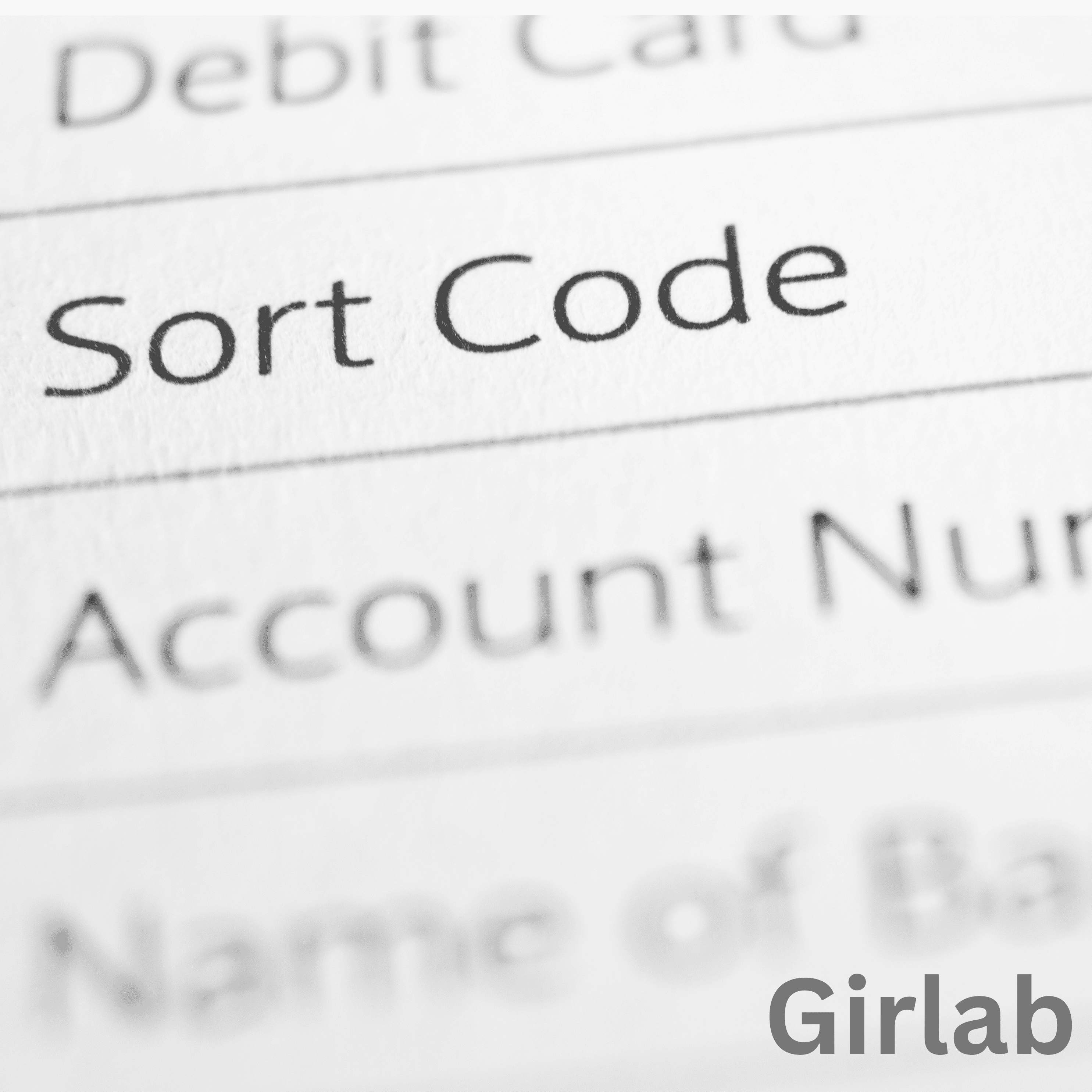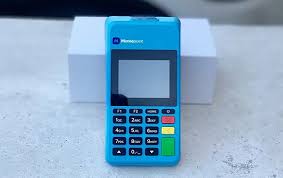When preparing to send an international transaction, you might feel ready with all the recipient’s details in hand. However, upon initiating the process, you often encounter unfamiliar banking codes such as SWIFT and Sort codes.
What Is a SWIFT Code?
SWIFT is an acronyms for the Society for Worldwide Interbank Financial Telecommunication, which is a globally recognized system that facilitates secure financial transactions between banks.
SWIFT codes are unique identifying codes used by financial institutions around the world to streamline international payments. You can think of it as passports for international transactions.
How Do SWIFT Codes Work?
When you send money internationally, you need a SWIFT code to identify the recipient’s bank. This code acts like an international address, ensuring your funds are directed correctly.
For example, if you’re transferring money to a bank in London, a SWIFT code might look like this: ABCDGB2LXXX.
- ABCD – Identifies the bank
- GB – Represents the country (United Kingdom)
- 2L – Specifies the bank’s location
- XXX – (Optional) Branch code
How Can You Identify a SWIFT Code?
A SWIFT code, also known as a Bank Identifier Code (BIC), follows a standard format:
- 8 to 11 characters long
- Combination of letters and numbers
- First 4 characters: Bank’s name or institution code
- Next 2 characters: Country code
- Fifth and sixth characters: Location code
- Last 3 characters (optional): Branch code
When Should You Use a SWIFT Code?
SWIFT codes are essential for international transactions. You’ll need one when:
- Sending money from your Leatherback local account to another country
- Receiving funds from abroad
- Investing in foreign assets (stocks, bonds, etc.)
- Exchanging currencies
- Receiving international payments from clients or customers
What Is a Sort Code?
Sort codes are used for domestic transactions within the United Kingdom and the Republic of Ireland. They help route payments effectively within these countries. Unlike SWIFT codes, sort codes are shorter, typically consisting of six digits.
For example, if you’re splitting a bill with friends and need to transfer money to a GBP account, you’ll use a sort code to ensure the funds reach the correct branch.
How Can You Identify a Sort Code?
Sort codes are typically printed on bank statements and cheque books. They follow this format:
- UK Sort Code Format: XX-XX-XX (e.g., 12-34-56)
- First two digits: Identify the bank
- Last four digits: Identify the specific bank branch
- Ireland Sort Code Format: XXXXXX (all six digits represent the bank branch)
When Should You Use a Sort Code?
Sort codes are required for domestic transactions within the UK and Ireland. You’ll need one when:
- Transferring money to another UK-based bank account
- Setting up direct debits and standing orders for bill payments
- Receiving payments from individuals or organizations within the UK
SWIFT vs. Sort Codes: Key Differences
While SWIFT codes and sort codes may sound similar, they serve different purposes:
| Feature | SWIFT Code | Sort Code |
|---|---|---|
| Length | 8 to 11 characters | 6 digits |
| Structure | Combination of letters and numbers | Numbers only |
| Usage | International transactions | Domestic UK/Ireland transactions |
| Scope | Global | UK & Republic of Ireland |
Final Thoughts
Understanding when to use SWIFT codes and sort codes can help you navigate international and domestic transactions effortlessly. Whether your funds are crossing borders or staying local, always double-check the required codes to ensure a smooth and secure transfer.


